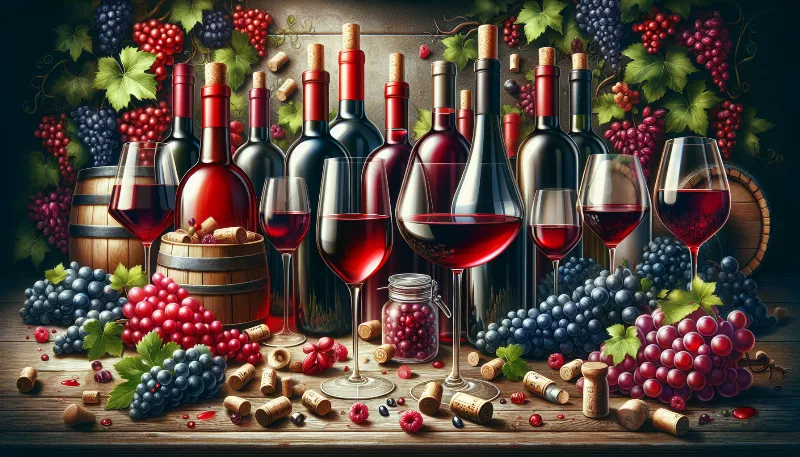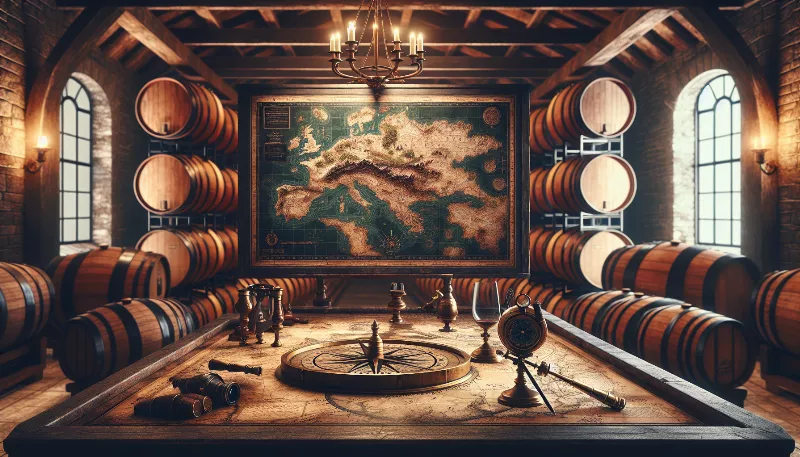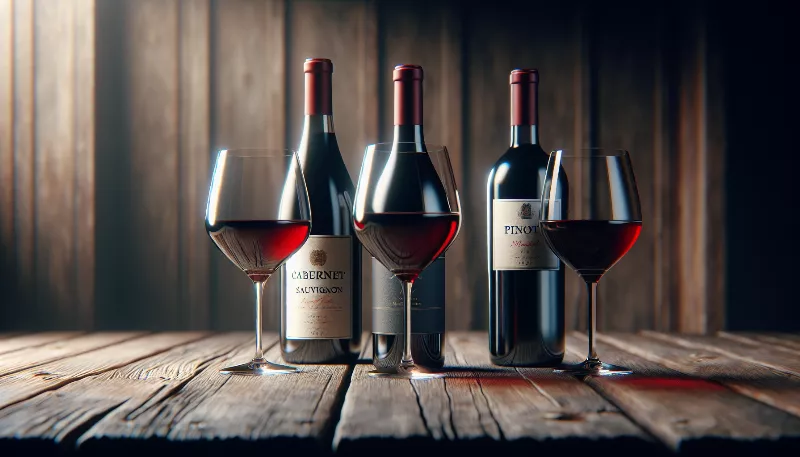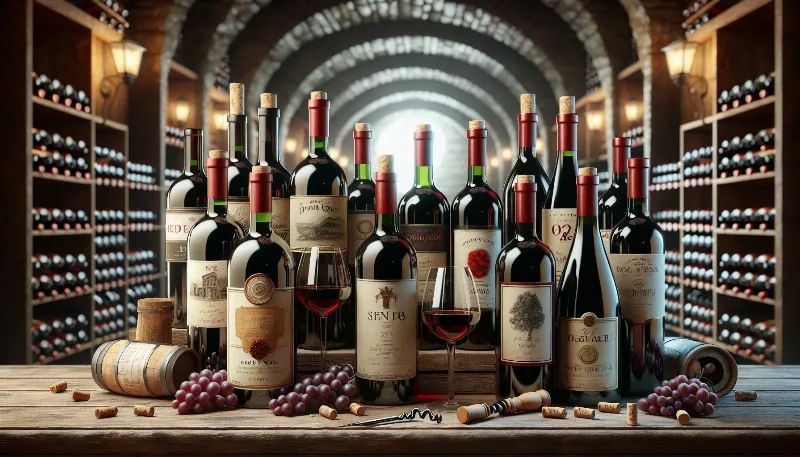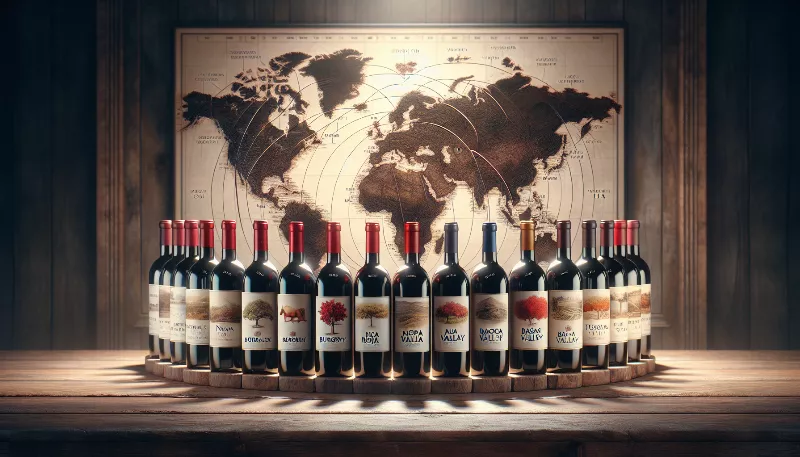How does the type of barrel affect the aging process of red wine?
Discover the secrets of red wine aging! Learn how barrel types influence flavor, aroma, and quality in our expert guide to wine maturation.
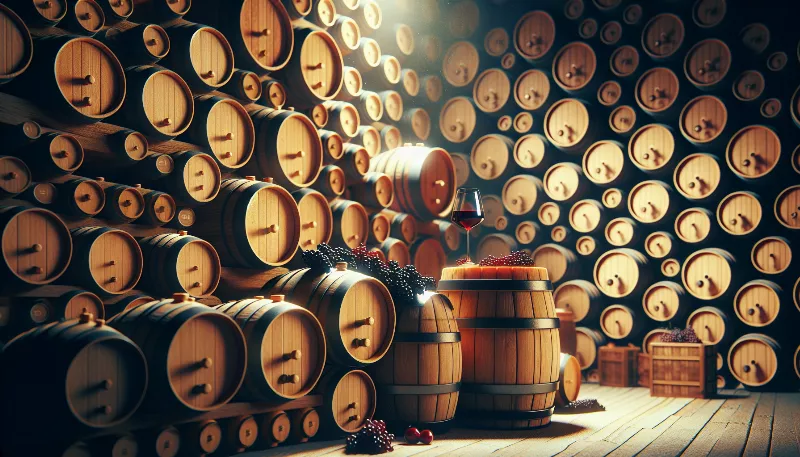
The Intriguing Influence of Barrel Type on Red Wine Aging
When it comes to crafting exquisite red wines, the aging process is just as crucial as the quality of grapes used. It's a symphony of time, care, and, importantly, the type of barrel in which the wine matures. The choice of barrel is not merely a container decision; it's a pivotal factor that can significantly alter the character, flavor, and quality of the wine. Let's uncork the secrets behind how different barrels influence the aging process of red wine, and why wine enthusiasts and vintners alike pay such close attention to this aspect of winemaking.
The Essence of Oak
Oak barrels are the traditional stalwarts of wine aging. They impart complex flavors and tannins that are integral to the wine's development. The species of oak, whether it be French, American, or Eastern European, each brings its unique bouquet of aromas and textures to the wine. French oak, with its tight grain and subtle infusion, lends refined notes of spice and silkiness to the wine. American oak, on the other hand, is known for its more pronounced grain and sweeter profile, often contributing bold vanilla and coconut nuances. Eastern European oak strikes a balance with its moderate flavor profile, enhancing the wine with a delicate mix of spice and fruitiness.
Charred to Perfection
The level of toasting or charring inside the barrel plays a pivotal role in shaping the wine's final character. Light toasting can promote the expression of fresh, fruity flavors, while medium toasting tends to introduce more complex notes like caramel and coffee. Heavy toasting, with its intense char, can infuse the wine with strong smoky and toasty flavors, creating a robust profile that stands up to the test of time.
Size Matters
The size of the barrel is another influential factor in the aging process. Smaller barrels have a higher surface area to volume ratio, which means more wine comes into contact with the wood. This accelerates the exchange of flavors and tannins, leading to a faster maturation process. Larger barrels, conversely, slow down this interaction, allowing the wine to develop more gradually and potentially achieve greater subtlety and complexity over time.
Age is More Than Just a Number
The age of the barrel itself is also a determinant in the aging process. New barrels impart more pronounced woody flavors and tannins, whereas older barrels tend to be more neutral, allowing the primary fruit characteristics of the wine to shine through. As barrels are reused over multiple seasons, their influence diminishes, offering a gentler touch to the wine's maturation.
Sealing the Deal with Barrel Maintenance
Meticulous maintenance of barrels is essential to ensure they contribute positively to the wine's aging process. Proper cleaning, storage, and inspection prevent unwanted microbial activity that could spoil the wine. A well-maintained barrel is a vessel that not only protects the wine but also enhances its evolution into a beverage that captures the essence of time, terroir, and the tender care of its makers.
In conclusion, the type of barrel selected for aging red wine is a decision that can define the destiny of the bottle. From the species of oak to the size and age of the barrel, each element plays a critical role in sculpting the wine's identity. As we savor the rich tapestry of flavors in a glass of aged red wine, let us toast to the masterful interplay between the wine and its wooden crucible, a dance of nature and craftsmanship that yields some of the world's most cherished libations.
